Halcyon Days in the Dream City
by Mrs. D. C. Taylor
Continued from Introduction

With what joyous hearts and eager eyes, we first stepped through the turnstile at the 60th street entrance to the great Columbian Exposition of ’93. For three years we had talked of it, dreamed of it, read about it, and now at least it was a thing accomplished and we had entered the charmed precincts. We had decided to devote the first day to a mere glance at the most prominent exterior features of the Exposition, and accordingly we allowed no temptations to allure us within any of those wide inviting doors, but walked resolutely by.
First we passed the Woman’s building with its many balconied length, and on the other hand the plain unassuming front of the Children’s building. Oh how we wanted to go in and see the babies! But no! On we went; passed Puck with its white twisted pillars and yellow walls; passed the White Star steamer building, and then loomed long and cast the Horticultural building with its great glass dome like a huge soap bubble. Down the smooth turf-bordered path we walked, catching glimpses through the open doors and windows of the fragrant wealth within. As we pass the first door, we caught a spicy breath of oranges and apple, and at the next glimpse of tall palms and green feathery ferns, lit up here and there with glints of pink azaleas. Another door showed a tangled mass of glowing bloom, and the breath of roses and violets faintly greeted us; and at last we reached the end, and as we passed by the great columned front of the Choral Hall, a sound of many tuneful voices floated out. On our left the lagoon shimmered and glittered in the sun, the electric launches with their gay striped awnings, darting hither and thither past bridges spanning the lagoon and covered with gaily dressed ladies and children watching the shifting panorama on the water.
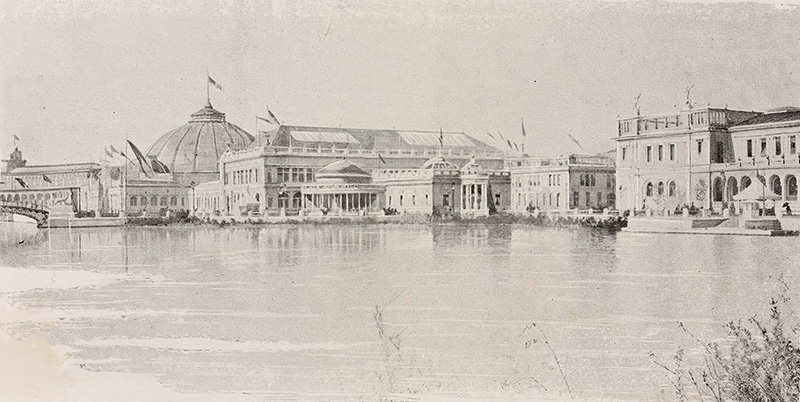
A view of the west lagoon, showing (left to right) the Transportation Buildings, the Horticultural Building, the White Star Building, the Puck Building, the Children’s Building, and the Woman’s Building. [Image from The Graphic History of the Fair. Graphic Co., 1894.]
Words fail! The magic splendor of that sight can never be excelled on earth. The Snowy palaces, the golden domes, the airy flying figures that crowned them, the fluttering flags and slow waving banners, the columned arches, and deep-vaulted porticoes; the green velvet of the turf; the flashing blue of the water; the floating grace of the figures of the McMonnies’ [sic] fountain; the solemn majesty of the statue of the Republic; and beyond all, the divine beauty of the peristyle with its myriad columns outlined against the cloudy blue of the lake; the springing grace of the quadriga painted on the vanishing purple of the spring sky. What pen can tell its beauty! What tongue can breathe the nameless spell, the wordless charm, the hold peace and quiet of that scene! Will the new Jerusalem be fairer? Will the courts of heaven give a sweeter calm, a deeper rest? “I know not, Oh I know now what joys await us there,” but surely earth, can give us no more. We were not the only ones who felt those charms. Every one about us moved softly and spoke gently. No one seemed hurried or impatient, all were under a spell, a spell that held us from the opening of the fair until its close. How long we stood and gazed we do not know.
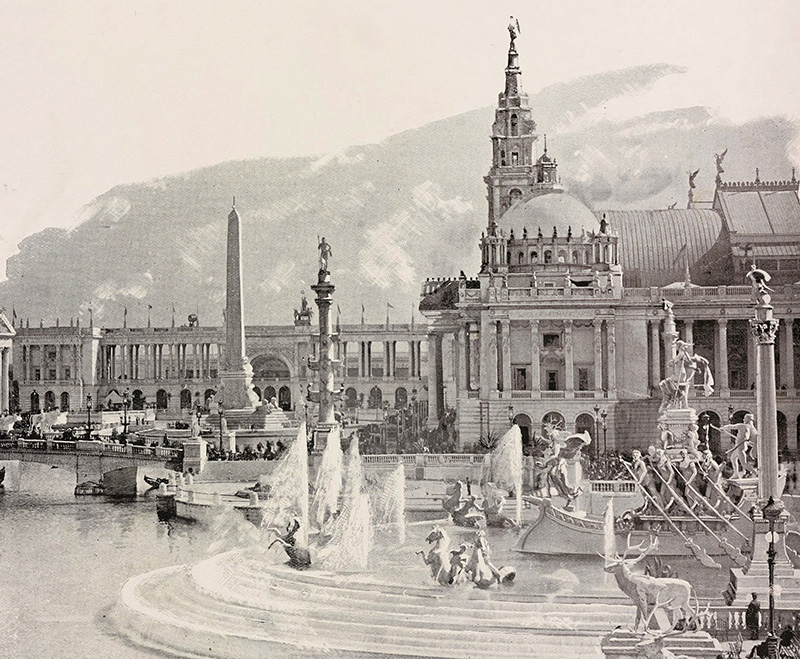
A view of the Administration Building Plaza, showing (left to right) the Colonnade and South Canal with obelisk, Machinery Hall, and MacMonnie’s Columbia Fountain. [Image from The Graphic History of the Fair. Graphic Co., 1894.]
We crossed another bridge and found ourselves on a stony, sandy waste in the center of which rose the gray gloomy walls and red tiled roof of the convent of La Rabida. Frowning and cold, with slit-like windows and iron-branded doors, it stood alone, begirt by black stone walls over which the lake dashed its white foam. As we stood ankle deep in the sand and looked, it seemed as if the doors must jealously open and let out a band of cowled and sandaled monks, telling their beads or singing doleful strains; but instead there emerged a party of cheerful well-dressed sight seers. So we turned our backs upon it, and wandered away by the fortress where is housed, black and baleful, with its great yawning mouth waiting to belch forth death, the great Krupp gun; a fearful hideous thing, breathing of blood and carnage, a triumph of barbarism crouching amid the worlds’ triumphs of civilization.
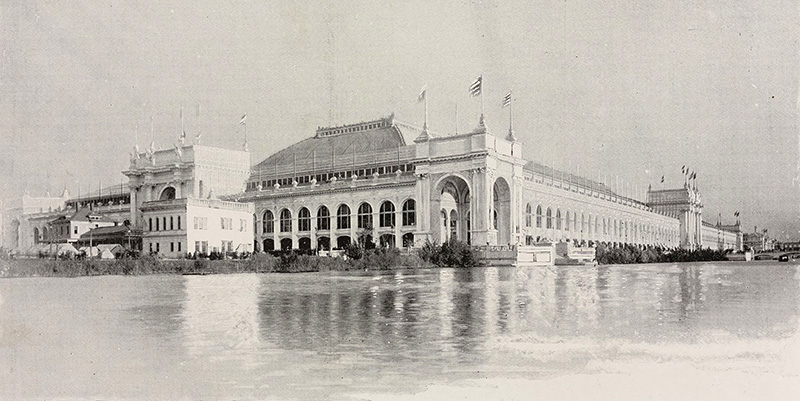
The Manufactures and Liberal Arts Building, as seen from the Wooded Island. [Image from The Graphic History of the Fair. Graphic Co., 1894.]
Across a wide green plateau, and unmoved amid the tumultuous heaving water, like a huge leviathan, stood the battle ship Illinois. Its white sides were pierced with yawning port-holes, and its decks covered with glittering brasses and countless guns and pikes. Long boats were slung in davit; and among them slow-moving, prim and spotless, the sentinels on their beats turned and returned in monotonous regularity. We walked along the esplanade, passed Victoria House and the Albert Memorial, and saw in the distance what seemed a grand cathedral with stained glass oriel windows and high towered belfry, over which waved the flag of Germany. Near it a gray-walled turreted vision of the Alhambra bore the banner of Spain.
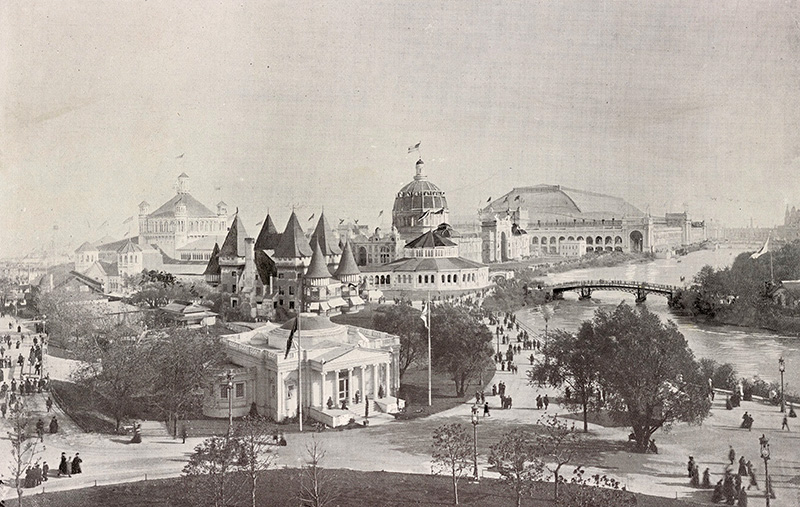
A view of the fairgrounds from near the Illinois State Building, with the Wooded Island on the far right. [Image from The Graphic History of the Fair. Graphic Co., 1894.]
Another bridge, and lo! here is the Woman’s building again. We are so tired but still we are so happy! [2] It is train time we must go, and we dawdle, and look behind us and on all sides, and stop to look at the pansies and wonder at the azaleas, and then have to run for it, and climb the stairs to the railway platform at a gallop, and sink gasping into our seats on the cars, tired, hungry, disheveled, but full of enthusiasm over our first day at the fair.
Continued in Part 2
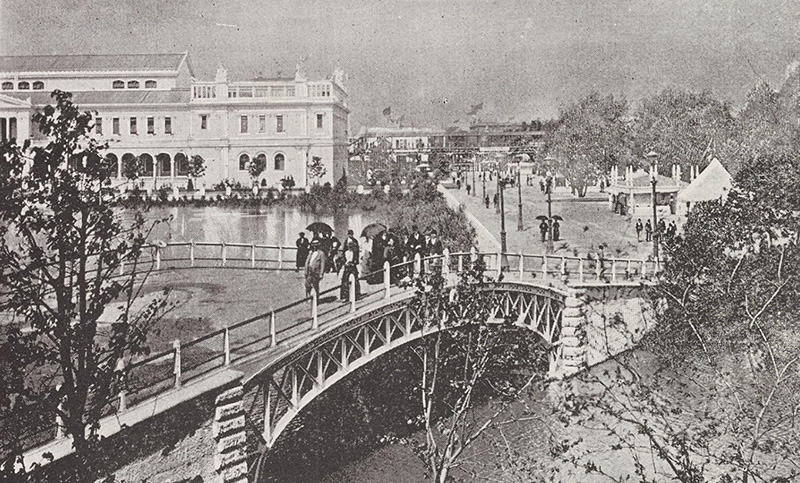
A bridge leading toward the Woman’s Building. [Image from The Graphic History of the Fair. Graphic Co., 1894.]
NOTES
[1] Mrs. Taylor’s description of the Agricultural Building as having walls “painted a deep Indian red” is most curious, as the building is consistently described and shown in photographs and painting to be white. Perhaps she has confused this building with the Transportation Building that she passed earlier?
[2] This perambulation to enjoy only a “mere glance at the most prominent exterior features” of the White City was approximately 2.5 miles in length.
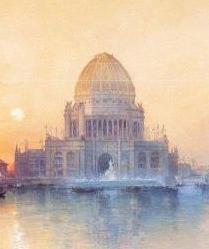
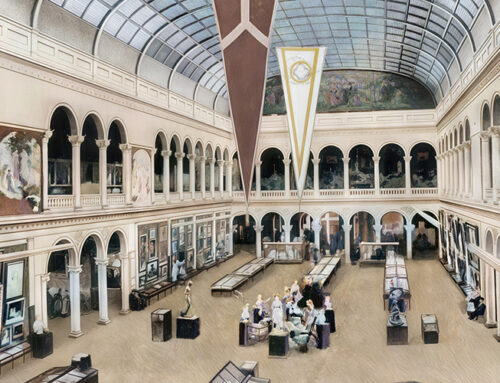
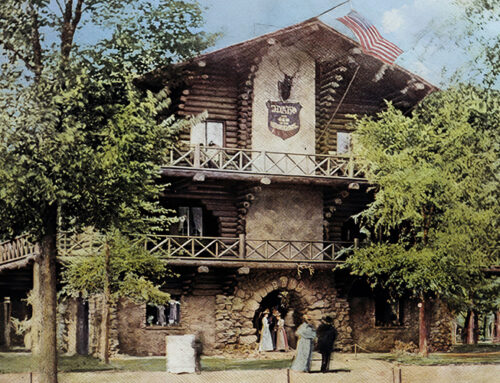
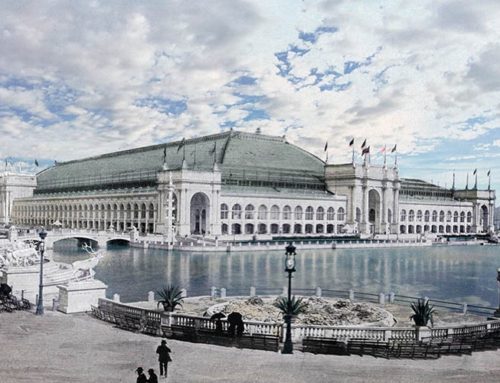
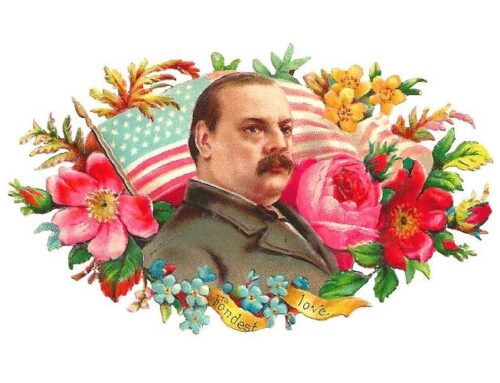
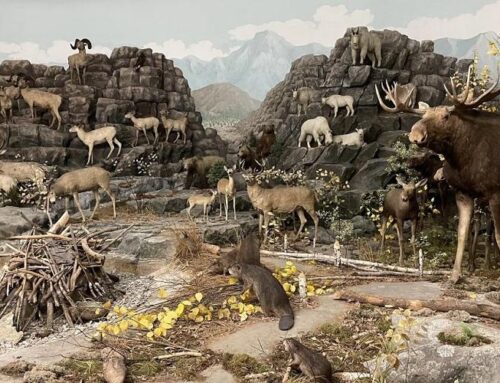
Leave A Comment